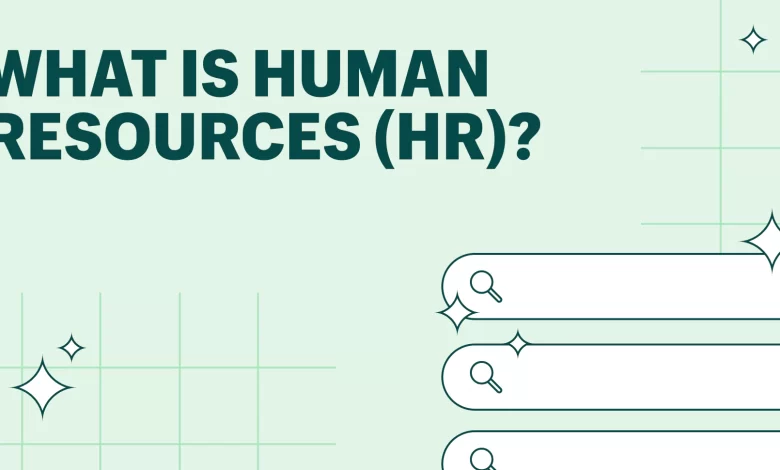Human Resources: A Comprehensive Guide

Human Resources (HR) is a vital function within organizations that focuses on managing and maximizing the potential of a company’s most valuable asset: its people. It encompasses a wide range of responsibilities aimed at recruiting, developing, and retaining employees while ensuring compliance with labor laws and promoting a positive work environment. This article provides a detailed overview of Human Resources, including its key functions, challenges, and evolving trends.
Key Functions of Human Resources
- Recruitment and Selection: HR plays a crucial role in sourcing, screening, and hiring candidates who align with the organization’s goals and culture. This involves creating job descriptions, conducting interviews, and making hiring decisions.
- Onboarding and Orientation: Once hired, new employees need to be integrated into the company’s culture and operations. HR manages the onboarding process, which includes orientation, training, and helping employees become productive members of the team.
- Employee Development: HR is responsible for designing training programs, workshops, and other development opportunities to enhance employees’ skills and knowledge. This can include technical training, leadership development, and continuous learning initiatives.
- Performance Management: HR oversees the process of setting goals, providing feedback, and evaluating employee performance. Performance appraisals help identify strengths, areas for improvement, and potential promotions.
- Compensation and Benefits: HR manages salary structures, bonuses, and benefits packages to attract and retain talent. This includes health insurance, retirement plans, and other incentives.
- Employee Relations: Maintaining healthy relationships between employees and management is vital. HR handles conflict resolution, addresses grievances, and ensures a positive work environment.
- Legal Compliance: HR professionals must stay updated on labor laws and regulations to ensure the organization follows all legal requirements related to employment, workplace safety, and discrimination.
- Workforce Planning: HR strategizes for the future by analyzing workforce trends and predicting staffing needs. This involves succession planning, workforce diversity initiatives, and adapting to changing industry demands.
- Organizational Culture and Employee Engagement: HR plays a role in shaping the company’s culture and fostering a sense of belonging and engagement among employees. This includes organizing team-building activities, surveys, and employee recognition programs.
Challenges in Human Resources
- Talent Shortage: Finding and retaining skilled talent is a constant challenge in the competitive job market.
- Workplace Diversity and Inclusion: Creating an inclusive environment that values diversity requires ongoing effort and sensitivity.
- Technology Integration: Leveraging HR technology, such as applicant tracking systems and performance management software, while ensuring data security and privacy.
- Remote Work and Flexibility: The rise of remote work requires HR to adapt policies, communication strategies, and performance measurement methods.
- Skills Gap: Bridging the gap between required skills and available skills in the workforce.
- Employee Well-being: Addressing mental and physical well-being, especially in the context of remote work and pandemic-related stressors.
Evolving Trends in Human Resources
- Artificial Intelligence (AI) and Automation: AI can streamline recruitment, automate routine tasks, and provide data-driven insights for decision-making.
- Data-Driven HR: HR professionals are using data analytics to make informed decisions about recruitment, performance management, and employee engagement.
- Employee Experience: Focusing on creating a positive and meaningful employee experience to enhance engagement and retention.
- Continuous Learning and Upskilling: Providing ongoing learning opportunities to develop employees’ skills and adapt to technological advancements.
- Remote Work Policies: Developing comprehensive remote work policies and strategies for a hybrid workforce.
- Gig Economy and Contingent Workers: Managing non-traditional employment arrangements and integrating gig workers into the organization.
- Sustainable and Ethical Practices: Addressing environmental and social responsibilities within HR practices.
Conclusion
Human Resources is a dynamic and essential function that impacts every aspect of an organization. By effectively managing the workforce, HR professionals contribute to the success, growth, and sustainability of companies in an ever-evolving business landscape.
Please note that this article provides a comprehensive overview, but you can delve deeper into each section for more detailed information. If you have specific questions or need more in-depth coverage of any aspect, feel free to ask!










